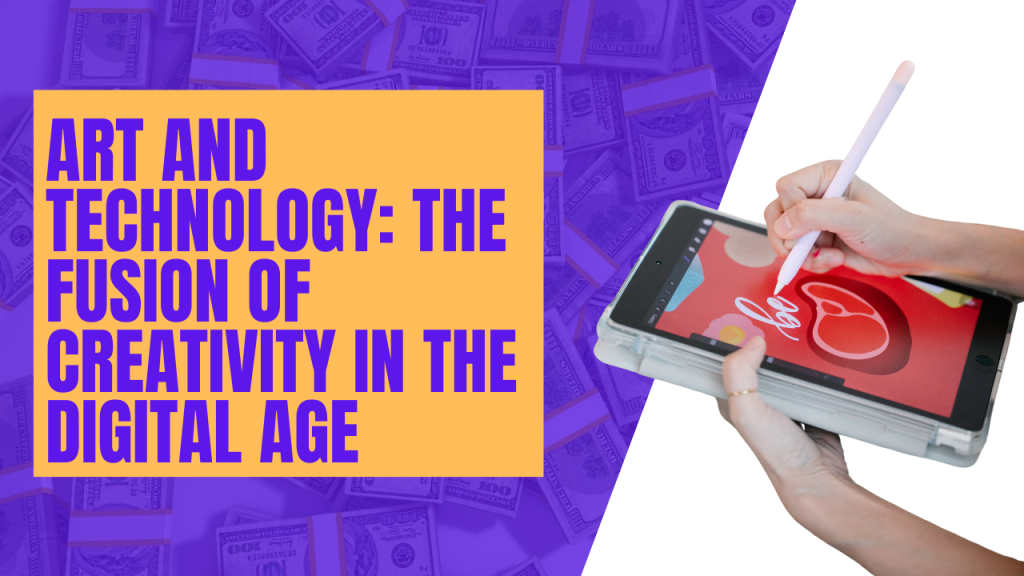
In the digital age, the intersection of art and technology has sparked a revolution in creative expression. From interactive installations to virtual reality experiences, artists are embracing technology as a tool for innovation and exploration. This fusion of traditional artistic practices with cutting-edge technology is redefining the boundaries of creativity and opening up new possibilities for artistic expression. In this article, we’ll delve into the ways in which art and technology are coming together to create captivating and thought-provoking experiences.
Exploring Digital Art:
Digital art encompasses a wide range of artistic practices that utilize digital technology in the creative process. One example of this is digital painting, where artists use software such as Adobe Photoshop or Procreate to create stunning works of art using a digital canvas and a stylus. Digital painting allows for endless experimentation and enables artists to easily undo mistakes and make changes on the fly.
Another fascinating aspect of digital art is generative art, where artists use algorithms and computer code to create dynamic and ever-evolving artworks. One notable example of generative art is the work of artist Refik Anadol, who creates mesmerizing digital installations that blur the lines between art and technology. His piece “Machine Hallucination” used machine learning algorithms to generate a constantly shifting landscape of digital imagery, creating an immersive and interactive experience for viewers.
Interactive Installations:
Interactive installations are another exciting area where art and technology converge. These installations invite viewers to actively participate in the artwork, blurring the line between observer and creator. One notable example is “The Rain Room” by Random International, where visitors can walk through a downpour of falling water without getting wet. Sensors detect the presence of people and adjust the rainfall accordingly, creating a surreal and immersive experience that challenges our perceptions of space and reality.
Virtual Reality and Augmented Reality:
Virtual reality (VR) and augmented reality (AR) are revolutionizing the way we experience art, allowing viewers to step inside digital worlds and interact with virtual objects in ways that were previously unimaginable. Artists such as Chris Milk and Marina Abramović are exploring the potential of VR to create immersive storytelling experiences that engage viewers on a deeper emotional level.
Augmented reality, on the other hand, overlays digital content onto the real world, creating a hybrid environment where physical and digital realities coexist. One example of this is the AR art installations created by the artist collective teamLab, which transform ordinary spaces into vibrant and interactive landscapes filled with animated creatures and dynamic patterns.
The fusion of art and technology in the digital age is pushing the boundaries of creativity and opening up new possibilities for artistic expression. From digital painting to interactive installations to virtual reality experiences, artists are harnessing the power of technology to create captivating and thought-provoking works of art that engage and inspire audiences around the world. As technology continues to evolve, we can expect to see even more exciting innovations at the intersection of art and technology, reshaping the way we experience and interact with art in the years to come.